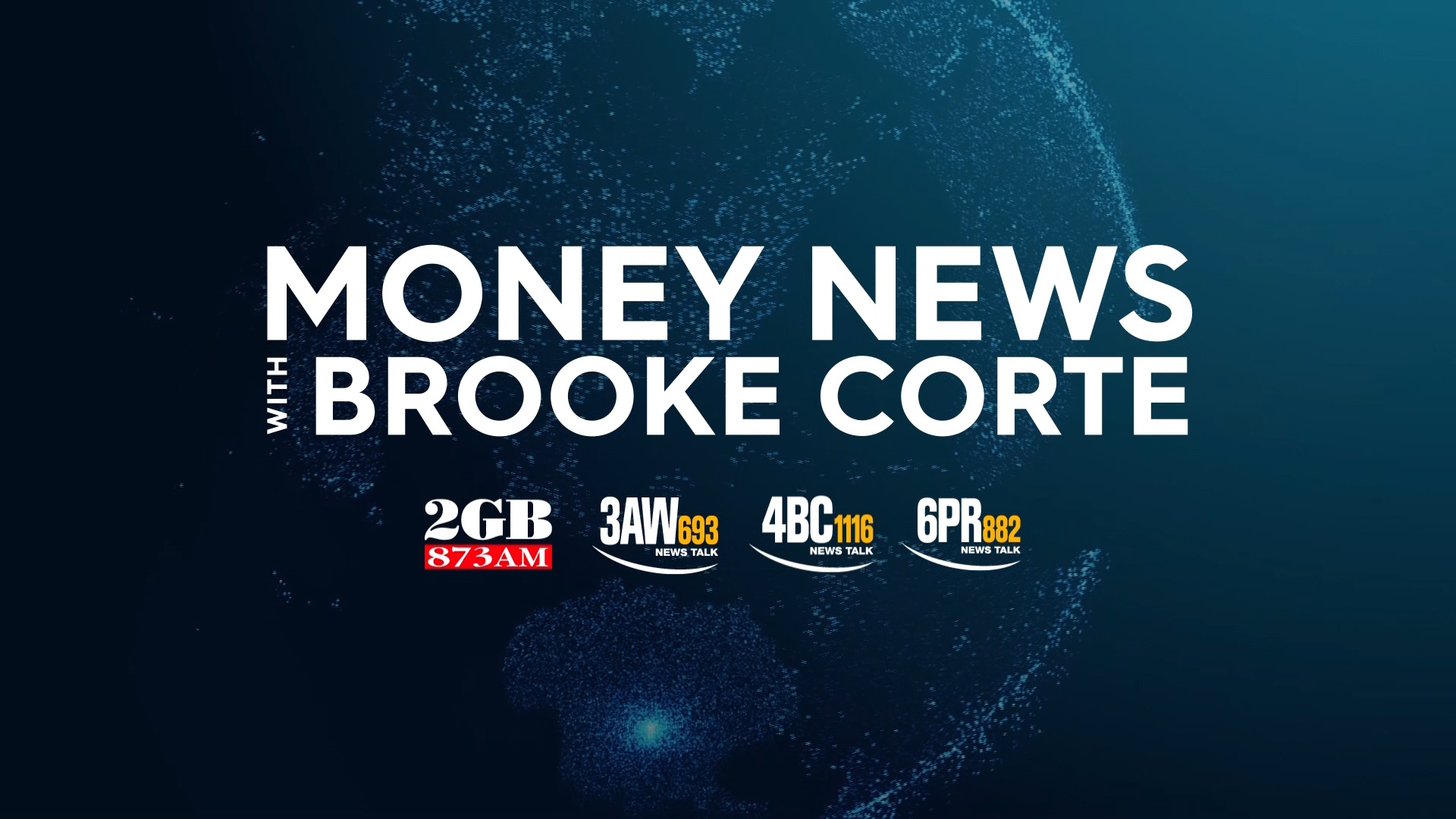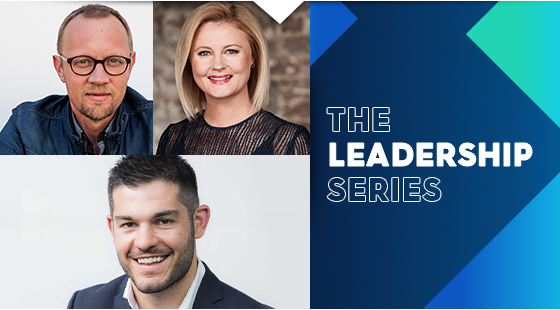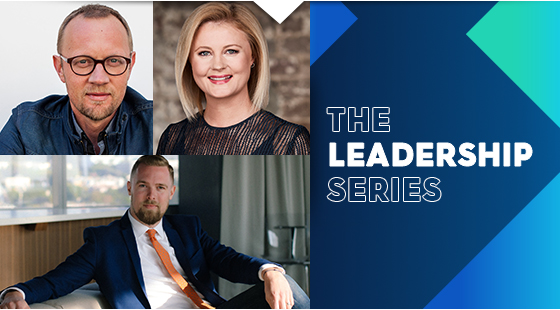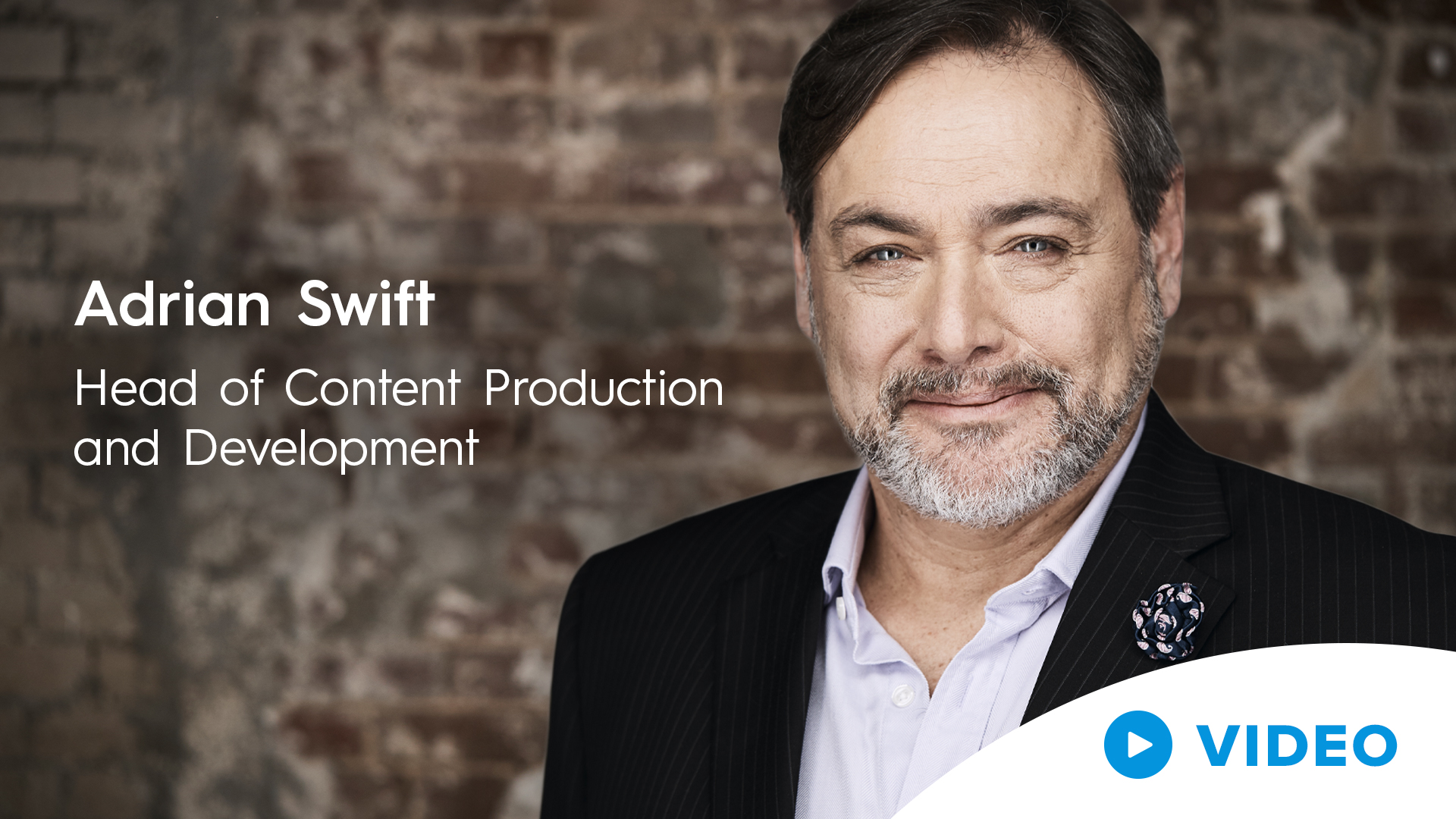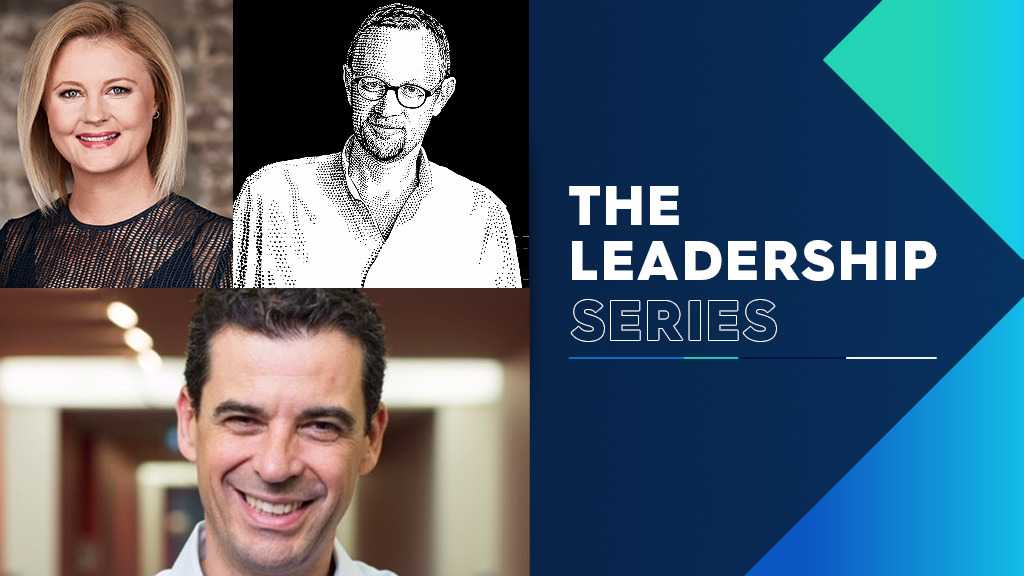For brands looking to grow, a marketing mix of several channels is integral, even when considering the challenges and opportunities posed by the COVID-19 pandemic, says furniture and lifestyle brand Koala’s first chief marketing officer, Peter Sloterdyk.
Speaking on Reset Now, an initiative between the Australian Association of National Advertisers (AANA), Nine and Mi3 for marketers to share their experience and evolving strategies as they manage the COVID-19 crisis, plan for the recovery, and see how deep consumer mindsets and behaviour might shift, Sloterdyk says “when you think about growing a brand globally, or even in your domestic home market, one channel isn’t going to do all the heavy lifting”.
“This is a concept that most marketers agree with but can find difficult to execute,” he explains. “The marketing channel mix, or if you want to even talk about it as a budget balance, continues to be a challenge for all of us DTC (direct-to-consumer) brands because we know that performance marketing and social can be really efficient and can deliver great results.”
While Sloterdyk believes performance marketing and social must both remain a part of the mix, indeed as a foundation as a brand like Koala looks to grow, he says Koala now “needs to lean into brand marketing channels like television and out of home to really round out the full customer experience from a marketing perspective”.
“If you’re just doing social, you’re missing all of these other opportunities to engage with your customer, and what I’ve learned is the full spectrum is always the most successful. I’ve had the chance to test it, to understand if one single channel can really do all the heavy lifting, and surprise, the testing showed me it can’t.”
But while Sloterdyk values the importance of a marketing strategy, he also acknowledges the role that magic, “the lightning in a bottle”, can play.
He says: “It’s the combination of art and science. When we think about marketing, there’s all of this amazing data available to us to inform our decision making and guide us on the right path. But we as marketers are still employing our instinct, our gut, to help make that final decision about what makes sense and what’s going to be best for the customer.
“When we can use all the levers available – including experiential marketing, multi-channel marketing – it’s taking advantage of the one-to-one communications group, customer service or social. It’s making sure that we’ve got consistent brand messaging out in the market that is clear and understandable and a part of culture.”
While in the past Koala has been focused on performance marketing, with a mix of around 70-30 performance and brand, Sloterdyk says Koala has been inching towards a 50-50 mix.
“And I might even see that go further into a 60-40 split between brand marketing and performance marketing. For a furniture and lifestyle brand like Koala, the top of the funnel and those brand marketing moments for consideration are crucial to maintaining our customer flow and continuing the influx of new folks that are experiencing Koala.”
More consumers are being introduced to Koala with Australians spending more time at home and online because of the COVID-19 pandemic.
“Whether they are spending time on TikTok or other social media channels, or within e-commerce, we’re privileged to be able to take advantage of this crazy time in the world as our supply chain and logistics are intact and we’re still able to deliver to our customers,” Sloterdyk says.
“We’ve seen a great increase in engagement and excitement with the brand and people being exposed to Koala in a new and different way. We started as a mattress brand, but there’s so much more available now and people are really starting to see that come through.”
Sloterdyk’s observations about Koala are backed up by Nine’s Consumer Pulse, a weekly consumer sentiment poll conducted via short online surveys and deeper-dive monthly surveys with Nine’s audience across linear television, 9Now, nine.com.au, plus readers of The Sydney Morning Herald, The Age and The Australian Financial Review across both print and digital.
According to Consumer Pulse, audience activities within the home see people continuing to experiment with digital services, shop online and tackle DIY projects. Consumer Pulse shows 31 per cent of 9Nation audiences are online shopping “more than last” week, while 23 per cent of readers of The Sydney Morning Herald and The Age are online shopping “more than last week” and 21 per cent of readers of The Australian Financial Review are also online shopping “more than last week”.
Sloterdyk says that more people shopping online and connecting with DTC brands equals an opportunity for these brands to focus more on humanising their connections.
“A DTC model on face is really about efficiency and making sure that we take out all the middlemen and go directly to the consumer,” he reiterates. “I think there’s a specific opportunity and privilege for DTC brands to lean in even further to connect with their customers, and the consumer is ready and excited about that, as we’ve seen.
“One of the things I talk about is DTC being a little dehumanised, not as a category but because the digital experience can oftentimes lack the personalisation or human contact you would get when you go into a store or you’re engaged with a sales person on the phone.
“We’ve seen the opportunity and are doubling down on that even more, to really engage with our customers one-to-one, whether that’s through customer service or social media, or through our advertising.”
Sloterdyk cites Koala’s recent Australian television campaign that was “focused on supporting local” as an example.
The TVC, created in-house and launched on the Nine Network, encouraged Australians to support local businesses throughout the COVID-19 crisis via an initiative to reward customers who have bought Koala furniture with a $200 Deliveroo voucher.
The spot features business owners from around Sydney sitting on a Koala sofa explaining the deal. For Koala it was about highlighting their furniture offering, but more importantly reminding the audience to order in some takeaway and support local businesses under pressure.
“We had the opportunity to partner with several local businesses to feature them in that spot, to get them a little airtime, to take our privilege and extend it to those businesses that don’t have the ability to take advantage of television advertising at this point,” says Sloterdyk.
“That’s what I mean about leaning in to the brand side of things and to our brand offering.”
For Koala, growth is still something that feels possible despite the pressures related to COVID-19.
“From a domestic perspective, we are able to continue to lean in on our expansion plans when it comes to products specifically,” Sloterdyk says. “We’re talking about introducing upwards of 30 to 50 additional products within the Koala range in this coming financial year.
“We’re really grateful and privileged that our supply chain and logistics are in place. We continue to have fantastic product designers and developers in-house that are doing incredible work. And on the domestic front, we’re able to continue down that path and we haven’t seen a material impact again, a privilege for us in terms of those plans.”
Similarly, for Koala’s international plans, COVID-19’s impact has been more around its thinking in relation to expansion and launching in different markets.
“When it comes to international expansion, when we look at each of the markets we’re targeting for launch, we have to continue to think ‘Is COVID-19 going to impact our ability to launch successfully?’ In some markets you might think, ‘Okay, we know that this is a really tactile consumer and that a pop-up shop and a launch event is going to make the difference in terms of our ability to launch successfully.’ And it’s obviously quite difficult to do that kind of experiential marketing during COVID-19,” Sloterdyk says.
“We continue to have those conversations, keeping our fingers on the pulse of when things start to ease up and are a little bit more friendly for things like experiential marketing events. But we are still moving full steam ahead. We’re just having to augment our plans a bit.”


